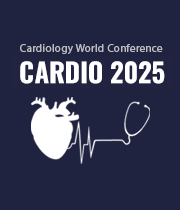Invasive and Non Invasive Cardiology
Invasive cardiology involves diagnostic and therapeutic procedures that require the insertion of catheters or other instruments into the body, typically through blood vessels or body cavities. This approach allows for direct visualization and intervention in the cardiovascular system. Common invasive cardiology procedures include cardiac catheterization, angioplasty, and stent placement to diagnose and treat conditions such as coronary artery disease and blockages. Invasive techniques often provide more detailed information about the heart and blood vessels, enabling precise interventions. While invasive procedures can be highly effective, they carry inherent risks and may necessitate a recovery period. The expertise of interventional cardiologists is essential in performing these procedures, ensuring accurate diagnoses and appropriate interventions to improve patients' cardiovascular health.


